
Shownotes Transcript
TL;DR: Making claims or demands about/into other people's internal states, rather than about your state or observable external states, predictably ties people in knots—instead: only make claims about your own experience or observables. This lets the other control the copy of them that's in the shared context.[1] Non-Violent Communication rapidly grew into a world-spanning movement due to its remarkable ability to avert and dissolve conflict. The NVC book has a whole bunch of examples of communication procedures and practical tips. Here I'll try and convey the core insights more rapidly by focusing on the underlying principles I've extracted.[2]
** Background models** People have self-models. People have models of other people. Conversations form shared context, which syncs with both of those. Some ways of conversing work better than others. Syncing back an incorrect model from conversational context can disrupt or harm one's self-model, so dissonance between your self-model and others' models [...]
Outline:
(00:45) Background models
(01:13) Common collision in conversational context (Cartoons start here )
(02:32) Just talking about yourself is good, actually
(03:06) 2x2 (Purpose x Domain)
(04:09) Observables (Cartoons #2)
(05:15) Summary (slightly spaced repetition)
(06:05) Appendix: Speculation on sometimes spectacular successes
The original text contained 16 footnotes which were omitted from this narration.
First published: January 7th, 2025
Source: https://www.lesswrong.com/posts/cqH37z6Q92j8eYMkm/a-principled-cartoon-guide-to-nvc)
---
Narrated by TYPE III AUDIO).
Images from the article:
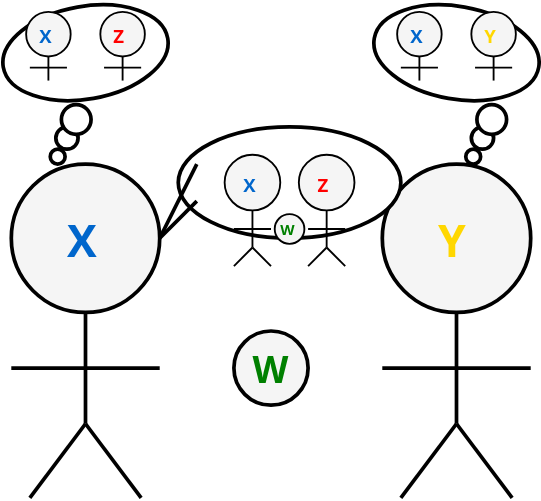 )
)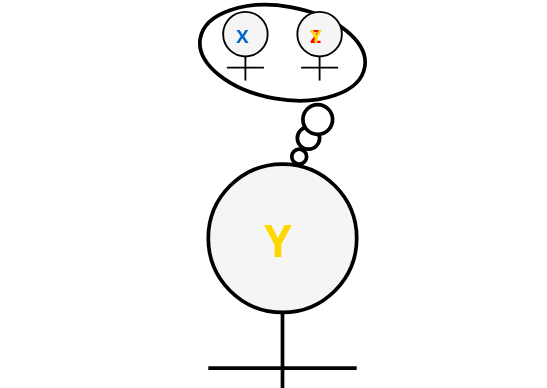 )
) )
)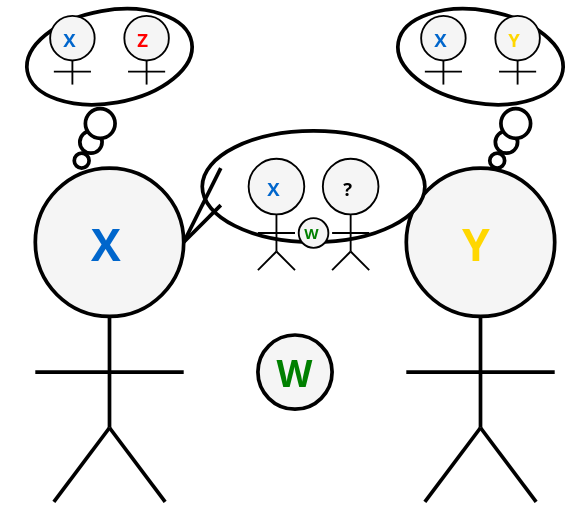 )
)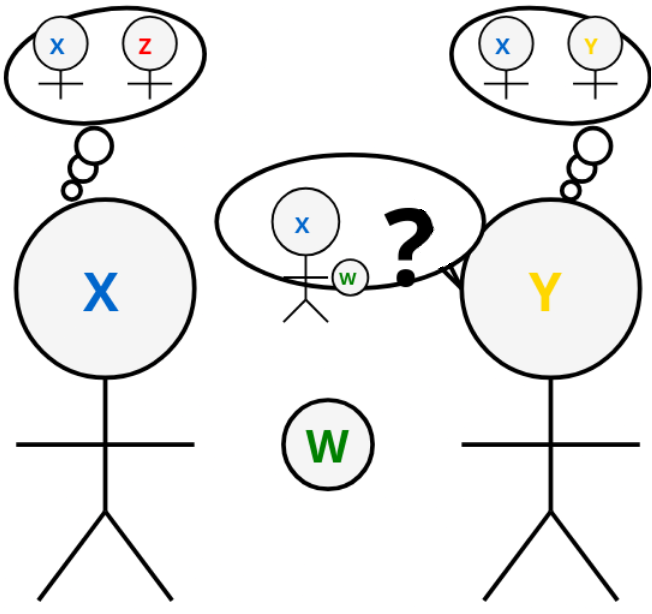 )
)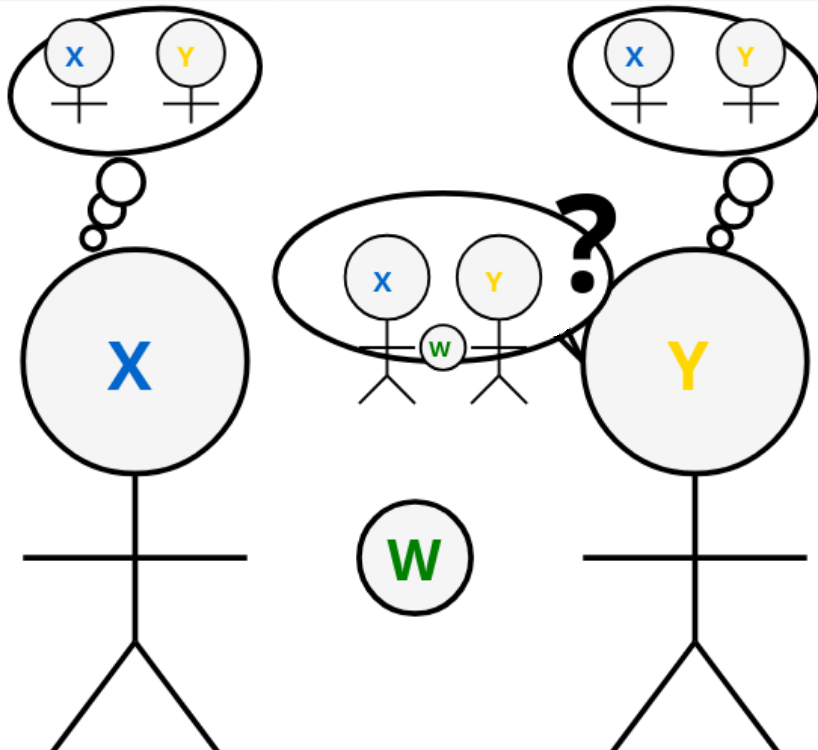 )
)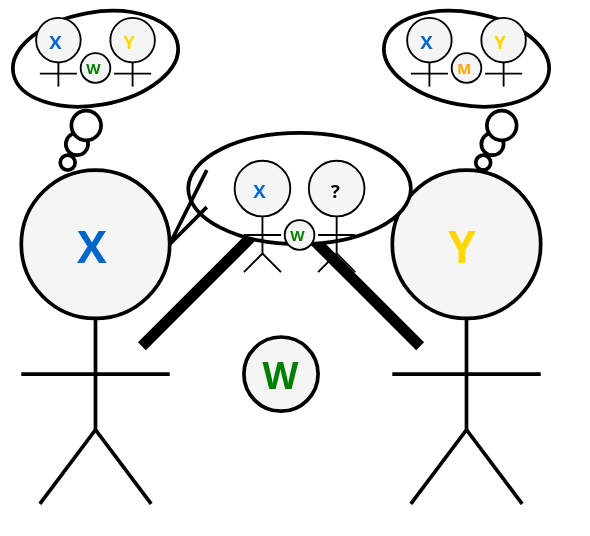 )
)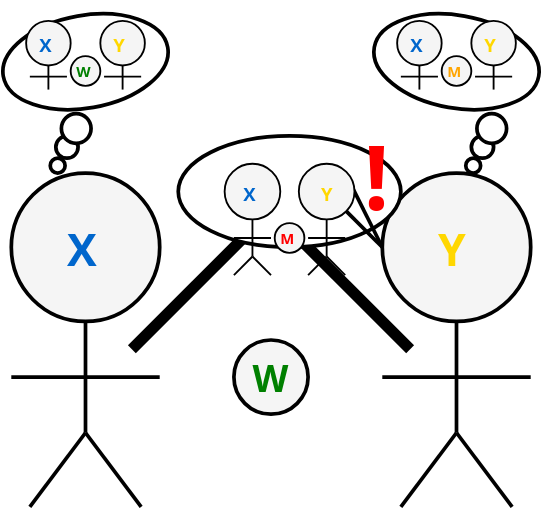 )
)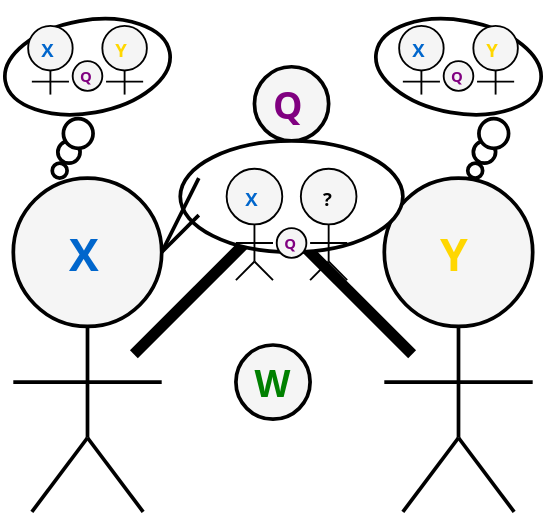 )
Apple Podcasts and Spotify do not show images in the episode description. Try Pocket Casts), or another podcast app.
)
Apple Podcasts and Spotify do not show images in the episode description. Try Pocket Casts), or another podcast app.